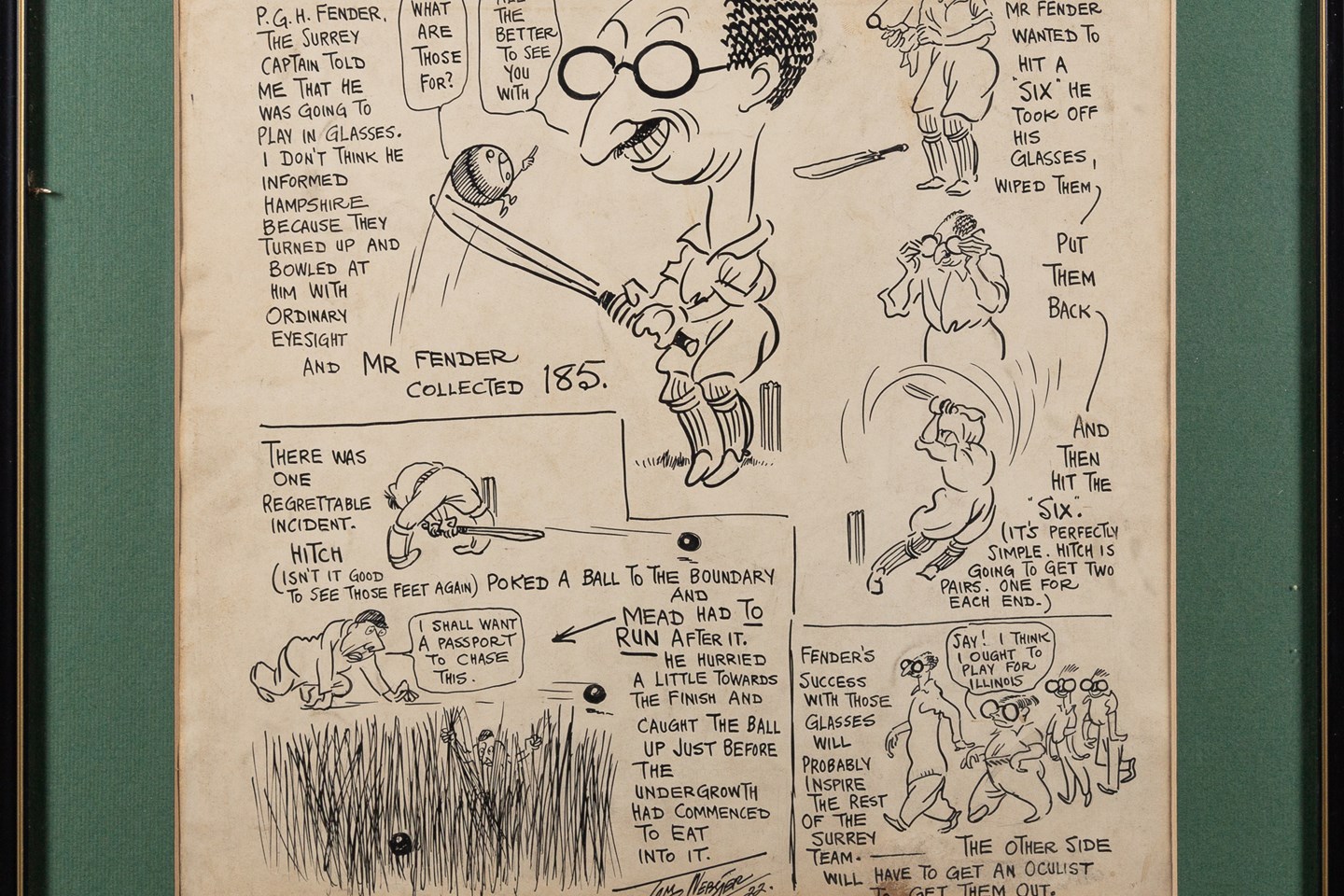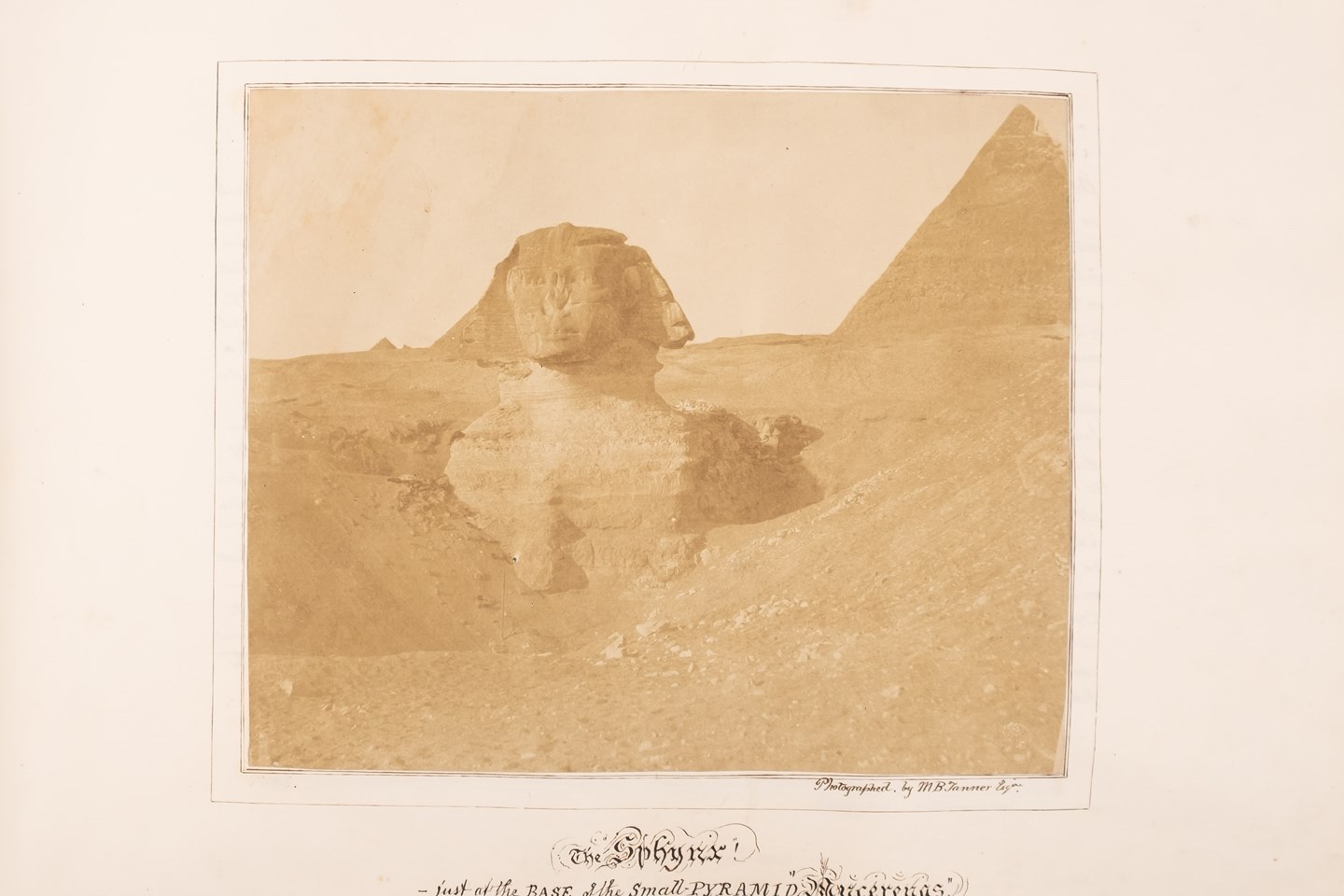You may have wondered why so much Chinese porcelain is referred to in French terms, anybody with a passing interest is familiar or should I say ‘au fait’ with the terms famille rose when referring to a palette of porcelain decoration that is primarily red or pink and famille verte if the choice of enamel is biased towards the green. These weren’t Chinese terms and weren’t used by them. The answer lies in the fact that the first European to document Chinese porcelain was Pere d’Entrecolles, a French Jesuit missionary who did so in a series of letters ‘back home’ in 1712.

A Chinese porcelain famille rose tureen and cover, Qianlong 1736-96 (FS18/490)
Pere Entrecolles known as Yin Hongxu was something of an industrial spy who used technical knowledge, sharp observation and his influence on Catholic converts to gain knowledge of porcelain production whilst tending to his flock in Jingdezhen. It is ironic that Josiah Wedgwood who was so concerned about spies availed himself of Entrecolles published work and copied extracts into his commonplace book.

A pair of Chinese porcelain vases decorated in the famille verte palette, 19th century (FS18/493)
Two thoughts have just occurred to me firstly whilst the terms famille jaune and famille noir are used why isn’t blue, which comprises the bulk of Chinese porcelain production, called famille bleu? The second rather more random thought is had Marco Polo, who was in China in the early 14th century, dictated the story of porcelain rather than a self aggrandising tale whilst in his prison cell we might have using terms like famiglia rosa and famiglia verde to describe Chinese porcelain.






